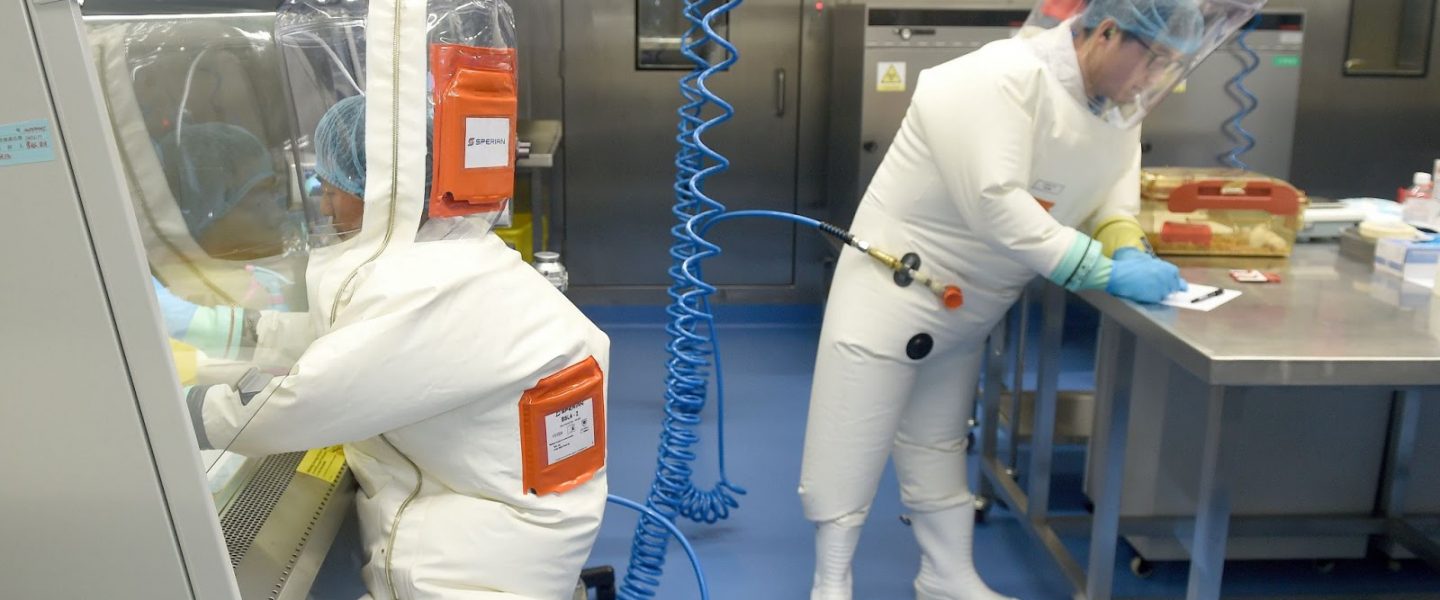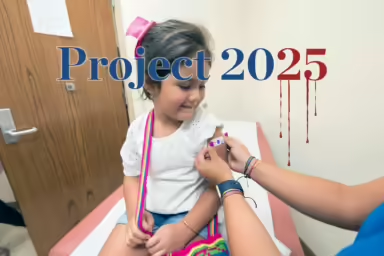A conversation with Nicholas Wade, the science journalist whose deeply researched work has given credence to the Wuhan lab leak theory of SARS-CoV-2.
Fifteen months ago most of us knew very little about viruses. Today, spike proteins, mRNA, and monoclonal antibodies are household words. Perhaps it’s this new knowledge that has forced science and the media to confront the reality, long ignored or covered up, that the SARS-CoV-2 virus could have escaped from the Wuhan Institute of Virology (WIV). Our new knowledge and vocabulary are now liberating tools.
Investigative science journalist Nicholas Wade helped to turn the tide. His massive, in-depth article in Medium and in the Bulletin of Atomic Scientists opened the floodgates on the discussion. Wade joins me on this week’s WhoWhatWhy podcast.
He begins our conversation by detailing the ways in which the virus could have moved into the population. We look at what other viruses, like SARS-CoV-1 and MERS, tell us about the evolutionary process of these pathogens. Wade wonders why SARS-CoV-2 has exhibited totally different structural properties from the ones that came before — properties that have made it easier for the virus to infect humans.
In fact, it’s so efficient that if this virus did not come directly from the lab, if it emerged naturally, we may have even more to worry about.
He explains the initial pushback to the idea of a lab leak, and how and why the media and the science community were so quick to dismiss the possibility. We learn about the mysterious Dr. Shi Zhengli, a virologist at the WIV known as the “bat woman” of Wuhan, and the work she was doing, some of it under contract to the US National Institutes of Health.
Wade details how, unlike the research that goes on at WIV on smallpox or Ebola — which is done in a BSL-4 laboratory, a high biosafety level — the work on SARS-CoV-2 was done only at BSL-2, which is about as safe as the way infectious material is handled at your dentist’s office.
We also learn about the Wuhan lab workers who became ill in the fall of 2019 — just before the entire Wuhan lab database was suddenly taken offline and shut down.
Nichales Wade has reoriented our collective thinking on where the virus came from. Now take a listen to what he has to say.



Click HERE to Download Mp3
Full Text Transcript:
Coming Soon…
Related front page panorama photo credit: Adapted by WhoWhatWhy from Ureem2805 / Flickr (CC BY-SA 4.0) and FrankundFrei / Pixabay.



